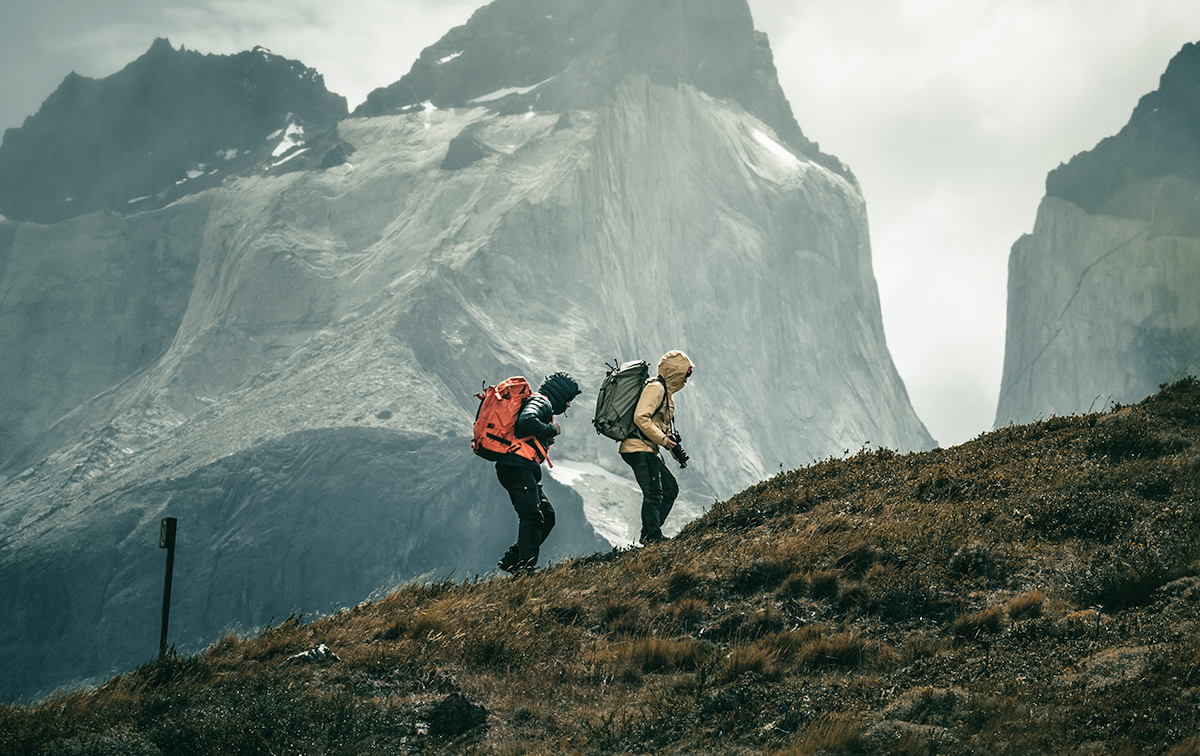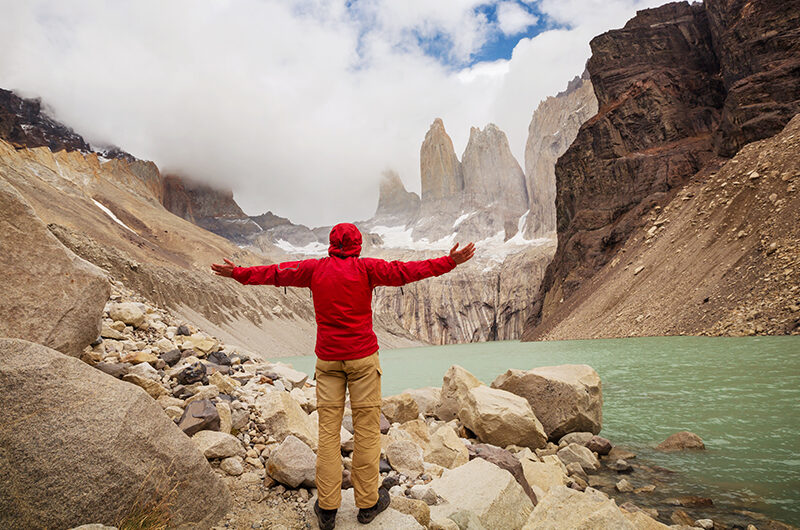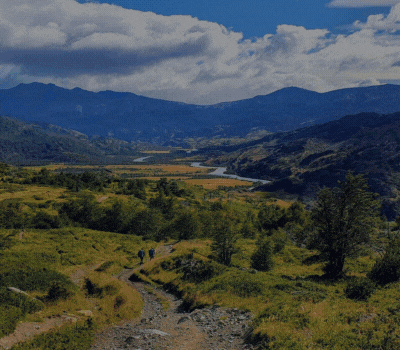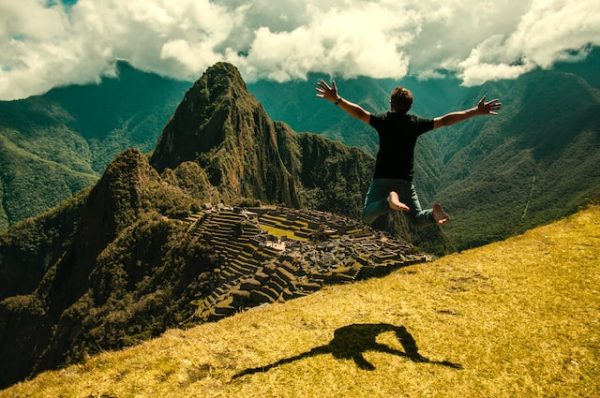
If you are planning a trip to Peru, you should definitely consider including the Inca Trail in your itinerary. This 43-kilometre-long ancient trail is one of the most popular hiking trails in the world, and for good reason.
The Inca Trail takes you through the most spectacular landscapes of the Peruvian Andes, passing Inca ruins and breathtaking views. Along the way, you will have the opportunity to experience the local culture and learn about the history of the Incas.
The path begins in the town of Ollantaytambo and ends at the famous citadel of Machu Picchu. During the beginning of the hike, you will pass through the Huayllabamba trail, where you will be able to see beautiful landscapes and walk through eucalyptus and pine forests.
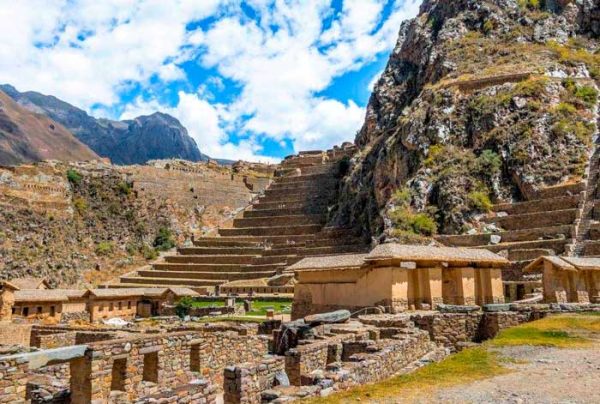
Then comes the most difficult part of the route, since you will have to climb to a height of 4,200 meters above sea level and go through the Warmiwañusca pass (also known as the “Dead Woman”). Once you reach the top, you will be able to enjoy breathtaking views of the Andes.
Later we will take you through the jungle path, where you will be able to see a variety of flora and fauna, including orchids and hummingbirds. In the Historic Sanctuary of Machu Picchu, more than 250 species of orchids have been recorded, as well as numerous rare birds, animals, reptiles, including several species considered endangered.
You will also pass by the Inca ruins of Wiñay Wayna, which are impressive. Finally, we will arrive at the citadel of Machu Picchu, where you can enjoy the views of this incredible wonder of the world.
The most important thing is to be well acclimatized to the altitude, so we recommend anyone who comes to spend at least 2 days in Cusco before starting the trek. This period is ideal to visit the city of Cusco, the nearby ruins of Sacsayhuaman and the beautiful Sacred Valley of the Incas.
If you are thinking of doing the Inca Trail, make sure to book in advance, as only a limited number of hikers are allowed per day. It is also important to be in good physical shape, as the walk can be difficult at points.
In short, the Inca Trail is a once-in-a-lifetime experience that will take you through some of the most impressive landscapes in the Peruvian Andes. If you get the chance to do it, don’t let it pass you by!
Important note: we will buy your Inca Trail trek permit using the names and passport numbers you send us. You must bring these same documents with you to Cusco and take them on the Inca Trail. If the name or number on your passport is different from the name and number on the trek permit, the government authorities will not allow you to start the trek and you will not be entitled to a refund.
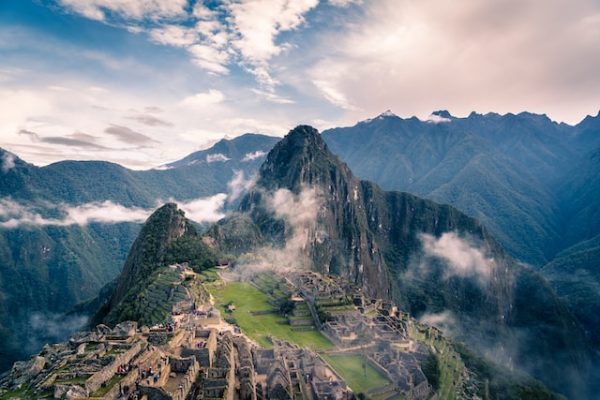
Frequent questions
As far in advance as possible. The government has strictly limited the number of people allowed on the Inca Trail (permits are issued to about 200 hikers per day plus 300 between guides and porters). Therefore, we recommend that you try to make your Inca Trail reservation as far in advance as possible. (verify that your passport is not about to expire).
The Inca Trail is a 43 km (27 mi) trek through mountainous regions involving 7-10 hour hikes at high altitudes and over rugged terrain. The maximum altitude reached in the trek is 4200 meters above sea level. On the second day of the trek we will ascend to 1200 meters. Do not underestimate it, the Inca Trail is quite a difficult trek and you must be prepared and adapted before starting. You must be fit and exercise regularly. It is also important to be well acclimatized to the altitude, try to spend 2 or 3 days in Cusco (3,400 meters) before starting the trek.
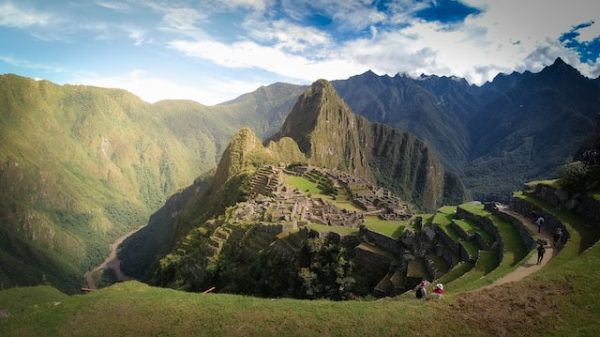
There is no government restriction on the age limit for the Inca Trail. We require that all our trekkers over 64 years of age take the service of an extra half porter (6 kg). Hikers over the age of 64 should also consult with their doctor before beginning the trek to verify that they are fit to participate.
We also recommend that clients over the age of 64 arrive in Cusco at least 3 days before starting the trek (instead of the usual 2 days). We recommend all clients over the age of 59 take out travel insurance that covers such adventure activities.
We offer standard meals as well as a vegetarian meal option. Let us know if you want any type of vegetarian diet when you make your reservation. Vegetarian meals do not have red meat, chicken or fish. We’ll assume eggs and dairy are okay. Most of our meals are served buffet style so you can always leave what you don’t like.
We have many customers who have allergies to nuts, wheat, etc. Please provide us with the details of your allergy at the time of booking. Tell us about the nature of the reaction and what type of medication you should take in an emergency. Clients with allergies must be accompanied by a friend on the walk who is aware of their allergy and the location of any necessary medications.
We do not accept clients with severe or life-threatening allergies. Due to the nature of the remote geographical location of the trail and the lack of suitable nearby medical facilities, Rebel Viajes will not accept any responsibility, either direct or indirect, for any problems due to your special medical/dietary requirements.
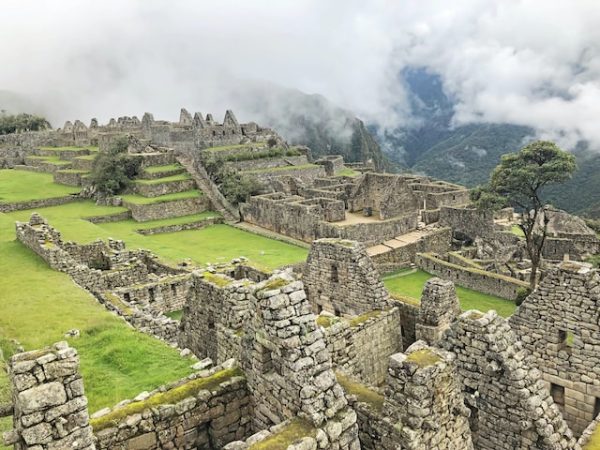
You must inform us at the time of making the reservation of any medical condition that may affect your ability to do the Inca Trail trek. We reserve the right not to accept a trek reservation if we believe that a medical condition may put your life or the lives of any of our staff at risk.
People with heart problems, knee problems, severe asthma, or pregnant should not participate in the trail. People with asthma/mild diabetes should consult their doctor and follow their advice.
Due to the nature of the trail’s remote geographic location and the lack of suitable nearby medical facilities along the route, Rebel Viajes will not accept any liability, either directly or indirectly.
We recommend that everyone be in Cusco for at least 2 nights before starting the trek, although 3 nights is even better.
We understand that flights are sometimes delayed, so we treat each situation on a case-by-case basis and generally stand in solidarity with actual cases. If you cannot arrive on time, please contact us as soon as possible. If you decide to participate in the trek without the recommended 2-night high altitude acclimatization period, you do so at your own risk.
Backpack, sleeping bag, double thickness foam mattress (we provide it but you have to carry it, it weighs approximately 1 kg), raincoat, resistant and suitable footwear, a complete change of clothes, sweater, jacket (something warm), bottle water bottle (metal or canteen type) and water purification tablets (for emergency use), LED flashlight, cap with a wide brim or peak, sunscreen, insect repellent, toiletries and toilet paper, selection of snacks, chocolate, dry fruits, cookies etc, camera and spare batteries (there is nowhere to charge your camera during the hike).
For your own personal hygiene, we also recommend that you bring a small bottle of antibacterial hand gel to clean your hands each time you use the camp toilets and before eating any snacks/meals. You must also bring your original passport with you on the trek, with the same passport number you originally made your reservation with, otherwise you will not be able to do the trek. Photocopies are no longer accepted. Some money for bottled water, snacks, tips, souvenirs.
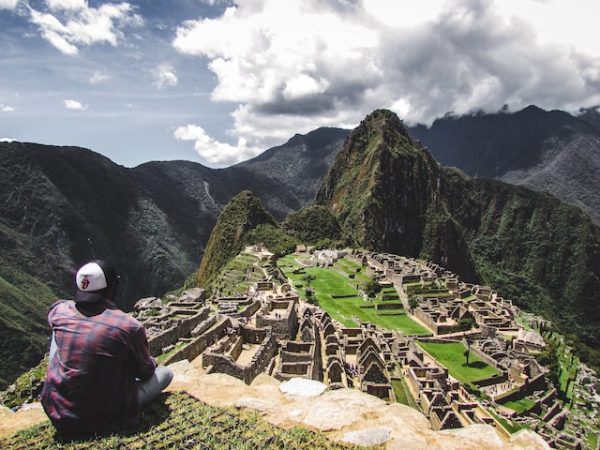
We will purchase your Inca Trail trek permit using the names and passport numbers you send us with your reservation request. You must bring these same passports with you to Cusco and take them on the Inca Trail.
If the name or number on your passport is different from the name and number on the trek permit, the government authorities will not allow you to start the trek and you will not be entitled to a refund. If you plan to renew your passport between booking the trek and the start of the trek, please bring your old passport and your new one.
Trekking shoes or walking boots are recommended as they provide ankle support, reducing the risk of injury, especially when hiking in the wet season (December to March).
However, it is important that your boots are comfortable and used and not new. Many people prefer to walk in sneakers, but special care must be taken as they do not hold the ankle. We do not recommend walking in sandals or wearing new boots before the hike. Make sure the shoes are sturdy enough for the duration of the hike and won’t fall apart.
Many people like to walk with trekking poles. This is fine as long as the poles do not damage the stone pavement along the Inca Trail. If trekking poles have metal tips, these should be protected with rubber tips. We recommend bringing some spare rubber tips. Rubber protectors can also be purchased at various stores in Cusco. Metal trekking poles can also be rented.
Any luggage that you do not need to take on the Inca Trail can be left at your hotel in Cusco or at our office. Almost all hotels have a luggage storage and they rarely charge for this service as long as you return to the hotel after the trek. You can also leave valuables in the hotel safe, but remember to bring your passport and some emergency money.
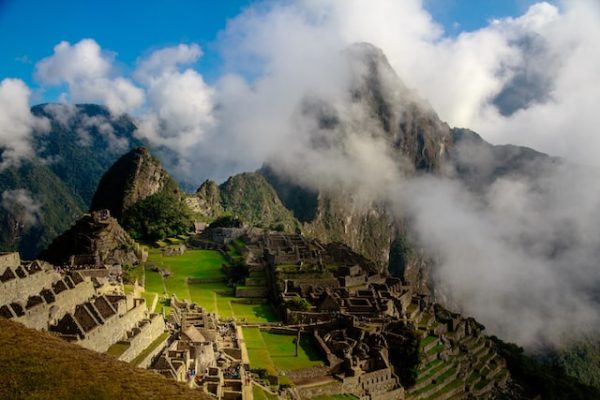
The best time to do the trek is between mid-April and the end of October, when the weather is usually dry and sunny. The driest months are June, July and August, which is also winter in Peru, when temperatures can be expected to drop to zero in the early morning hours. January, February and March are summer in Peru, but in Cusco and on the Inca Trail this also corresponds to the rainy season.
Toilets have been built along the Inca trail, including all the main camps. This has helped a lot to improve the sanitary conditions on the road, although the conditions are not always perfect. Each toilet block has cold running water. We recommend that you bring hand sanitizer to use after visiting the public restrooms. Every night we will provide you with a bowl of warm water to wash yourself. There is a charge of S/.1 to use the bathrooms in the community of Wayllabamba (1 day walk) since these bathrooms have been built on land owned by the community. However, these toilets are usually much better maintained than the government ones.
Bottled mineral water can be taken from Cusco, purchased at the start of the trek (km82), at Wayllabamba (our first camp), at various locations between Wayllabamba and the first pass on the second day, and at Machu Picchu. Bottled water is more expensive than in Cusco and a large bottle can cost between S/.15 and S/.20 depending on how far you are from the start of the trek (someone has to bring it to the point of sale). Our cook will normally be able to provide you with boiled water at breakfast, lunch and dinner from the second day. Most people are fine to drink only bottled, boiled water.
However, there may be times when you need to fill your water bottle from a small stream or spring along the way, so it is always recommended to bring a few purification tablets for EMERGENCY USE (probably 4 or 5 tablets). should be enough for the total walk). Although the water in streams or springs may appear clear, it is often contaminated by animals and farming communities that live upstream.
Always use sterilizing tablets before drinking and follow instructions carefully as they may differ from those given below. Sometimes it can be difficult to find sterilization tablets in Cusco, so we recommend that you bring some from home. After putting the purification tablet in your water bottle, wait 30 minutes, then turn the bottle upside down and loosen the cap to release a trickle of water. Wait another 60 minutes. This will ensure that the neck of the bottle is also completely sterilized. We have had several cases of hikers getting sick from not purifying the river water enough, we recommend drinking only bottled water and boiled and filtered water provided by our cooks and bottled water whenever possible.
If you are traveling alone and are willing to share a tent with a member of the same sex, then there is no additional cost. However, if you want your own tent, there is an additional charge.
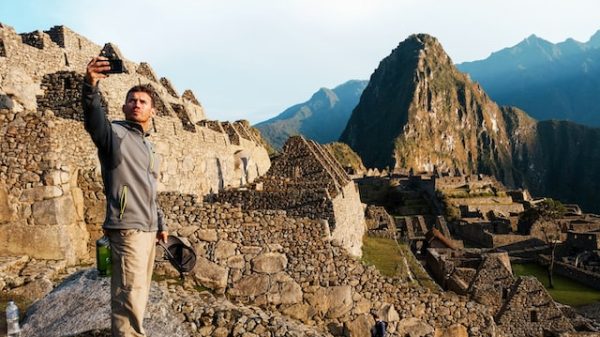
We will pick you up from your hotel the morning of the trek departure and we will also drop you off at your hotel at the end of the circuit.
Included in the price of the hike is the train ticket from Aguas Calientes to Ollantaytambo. The train normally leaves Aguas Calientes between 16:00 and 18:20 and arrives in Ollantaytambo between 18:00 and 20:05. Then we send a bus to pick you up at the Ollantaytambo station to take you back to Cusco arriving at approximately 20:00 to 22:15.
The Expedition service is a comfortable service with reserved seating, without standing. Teas, coffees and snacks can also be bought on this train.
Yes, as long as you are properly acclimatized to the altitude before starting the trek. Ollantaytambo is at a much lower altitude than Cusco and the time spent there (or anywhere else in the Sacred Valley) does not count towards your acclimatization period. We recommend you spend at least 2 nights in Cusco, preferably three, before spending the night in Ollantaytambo.


